Product was successfully added to quote request.View List
Spinal Retractor Self-Retaining Forceps Distractor Orthopedics Surgical Instruments
$ 0
This self-retaining retractor provides stable and secure tissue retraction, allowing surgeons clear access to the spinal area. Crafted from high-quality stainless steel, it offers durability, corrosion resistance, and easy sterilization.
Description
Spinal Retractor Self-Retaining Forceps – A Crucial Tool for Spinal and Orthopedic Surgeries
The Spinal Retractor Self-Retaining Forceps is a vital instrument used in spinal surgeries and various orthopedic procedures. Designed for precision and efficiency, these forceps help maintain a clear view of the surgical site by holding back tissues and muscles, ensuring the surgeon has the required visibility and access to the spinal column or other bone structures. Crafted from high-quality stainless steel, this instrument is designed for longevity, resistance to corrosion, and optimal sterilization.
Key Features
- Self-Retaining Mechanism:
- The self-retaining mechanism allows the forceps to hold tissues apart without requiring constant manual effort from the surgeon. This provides the convenience of hands-free retraction during lengthy surgeries, enhancing the efficiency of the procedure.
- Premium Stainless Steel Construction:
- Constructed from high-grade stainless steel, ensuring both durability and resistance to rust and corrosion.
- The material is suitable for repeated sterilization, making the tool an essential part of a hospital or surgical facility’s instrument collection.
- Precision and Control:
- The forceps’ design offers excellent control when retracting soft tissues and muscle during surgery.
- Its precision helps avoid unintentional injury to the surrounding areas, contributing to a safer surgical experience for the patient.
- Ergonomic Design:
- The handles of the forceps are ergonomically designed to reduce hand fatigue during long procedures.
- They also provide a secure and comfortable grip, allowing the surgeon to apply steady pressure when needed.
- Versatility:
- While the instrument is primarily used in spinal surgeries, it can also be employed in other orthopedic procedures requiring tissue retraction, such as joint replacement or fracture management.
Applications in Spinal and Orthopedic Surgeries
The Spinal Retractor Self-Retaining Forceps is especially designed to assist in surgeries involving the spinal cord and vertebrae, but its versatility extends to numerous orthopedic procedures. Some of the common applications include:
- Spinal Surgery: Used to retract muscles and tissues to provide clear access to the spine for decompression, fusion, or disc replacement procedures.
- Fracture Management: Helps in retracting tissues during the setting of fractures or the insertion of plates, screws, and rods to stabilize the bones.
- Joint Replacement Surgery: Used to hold back soft tissues while performing procedures such as knee or hip replacements.
- Bone Decompression: Assists in retracting tissues and muscles when decompressing nerves or clearing away bone fragments.
Benefits
- Reduced Surgeon Fatigue: The self-retaining feature minimizes the physical strain on the surgeon, allowing them to focus more on the procedure itself rather than holding instruments in place.
- Increased Precision: The design of the retractor provides greater control, allowing the surgeon to maintain a steady and consistent retraction of tissues with minimal disturbance.
- Improved Surgical Efficiency: By keeping tissues out of the surgical field, the forceps ensure that the procedure can be completed more swiftly and safely.
- Enhanced Patient Safety: By preventing unnecessary tissue movement and damage, the retractor helps reduce complications during surgery.
Maintenance and Care
Proper care and maintenance are essential to preserving the functionality and lifespan of the Spinal Retractor Self-Retaining Forceps:
- Cleaning:
- Clean the forceps immediately after use to remove any blood or tissue debris.
- Use a mild cleaning solution and a soft brush to remove stubborn dirt.
- Sterilization:
- Sterilize the forceps using an autoclave, ensuring that the instrument is thoroughly cleaned and disinfected before the next use.
- Make sure to dry the instrument completely after sterilization to avoid rust.
- Inspection:
- Regularly check the forceps for signs of wear or damage, particularly on the locking mechanism.
- Replace any damaged parts to ensure the instrument’s effectiveness and safety during use.
- Storage:
- Store the forceps in a dry, clean area to prevent contamination.
- Keep the tool in a designated instrument tray to protect it from damage.
Why Choose the Spinal Retractor Self-Retaining Forceps?
The Spinal Retractor Self-Retaining Forceps is a highly reliable instrument designed for ease of use and durability. Its ergonomic features reduce fatigue during long surgeries, while its self-retaining mechanism improves efficiency by allowing the surgeon to focus on the procedure instead of holding the retractor in place. Whether used in spinal surgery, joint replacement, or other orthopedic procedures, this tool proves indispensable in improving both patient outcomes and the efficiency of medical staff.
Conclusion
The Spinal Retractor Self-Retaining Forceps is an essential tool for orthopedic surgeons, particularly in spinal surgeries. With its self-retaining mechanism, durable stainless steel construction, and ergonomic design, it enhances surgical precision, reduces fatigue, and improves overall procedure efficiency. Whether you are conducting spinal surgery, joint replacements, or managing fractures, this instrument provides the support needed to perform these complex tasks with confidence.
Reviews (0)
Be the first to review “Spinal Retractor Self-Retaining Forceps Distractor Orthopedics Surgical Instruments” Cancel reply
Shipping & Delivery


MAECENAS IACULIS
Vestibulum curae torquent diam diam commodo parturient penatibus nunc dui adipiscing convallis bulum parturient suspendisse parturient a.Parturient in parturient scelerisque nibh lectus quam a natoque adipiscing a vestibulum hendrerit et pharetra fames nunc natoque dui.
ADIPISCING CONVALLIS BULUM
- Vestibulum penatibus nunc dui adipiscing convallis bulum parturient suspendisse.
- Abitur parturient praesent lectus quam a natoque adipiscing a vestibulum hendre.
- Diam parturient dictumst parturient scelerisque nibh lectus.
Scelerisque adipiscing bibendum sem vestibulum et in a a a purus lectus faucibus lobortis tincidunt purus lectus nisl class eros.Condimentum a et ullamcorper dictumst mus et tristique elementum nam inceptos hac parturient scelerisque vestibulum amet elit ut volutpat.
Related products
1pcs Weitlaner Retractor Self-Retaining Stainless Steel Surgical Instruments
$ 0
Beckman Weitlaner Retractor 12.5″ 4×4 Prongs Blunt
$ 0
Beckman Weitlaner Retractor 12″ 7×7 Prong Sharp Instrument
$ 0
Dental Mouth Retractor Stainless Steel Molt Gag Surgical Instruments Dental Mouth Retractor Orthodontic Opener Oral
$ 0
Gelpi Retractor Curved 7″ Stainless Steel Retractors Orthopedic
$ 0
PEDIATRIC GELPI RETRACTOR 5.5″ STAINLESS STEEL 5.50″
$ 0
SET of 5 O.R GRADE GELPI RETRACTOR 3.5″ with GOLD HANDLE
$ 0
WEITLANER RETRACTOR 4″ BLUNT 2X3 PRONG STAINLESS STEEL
$ 0

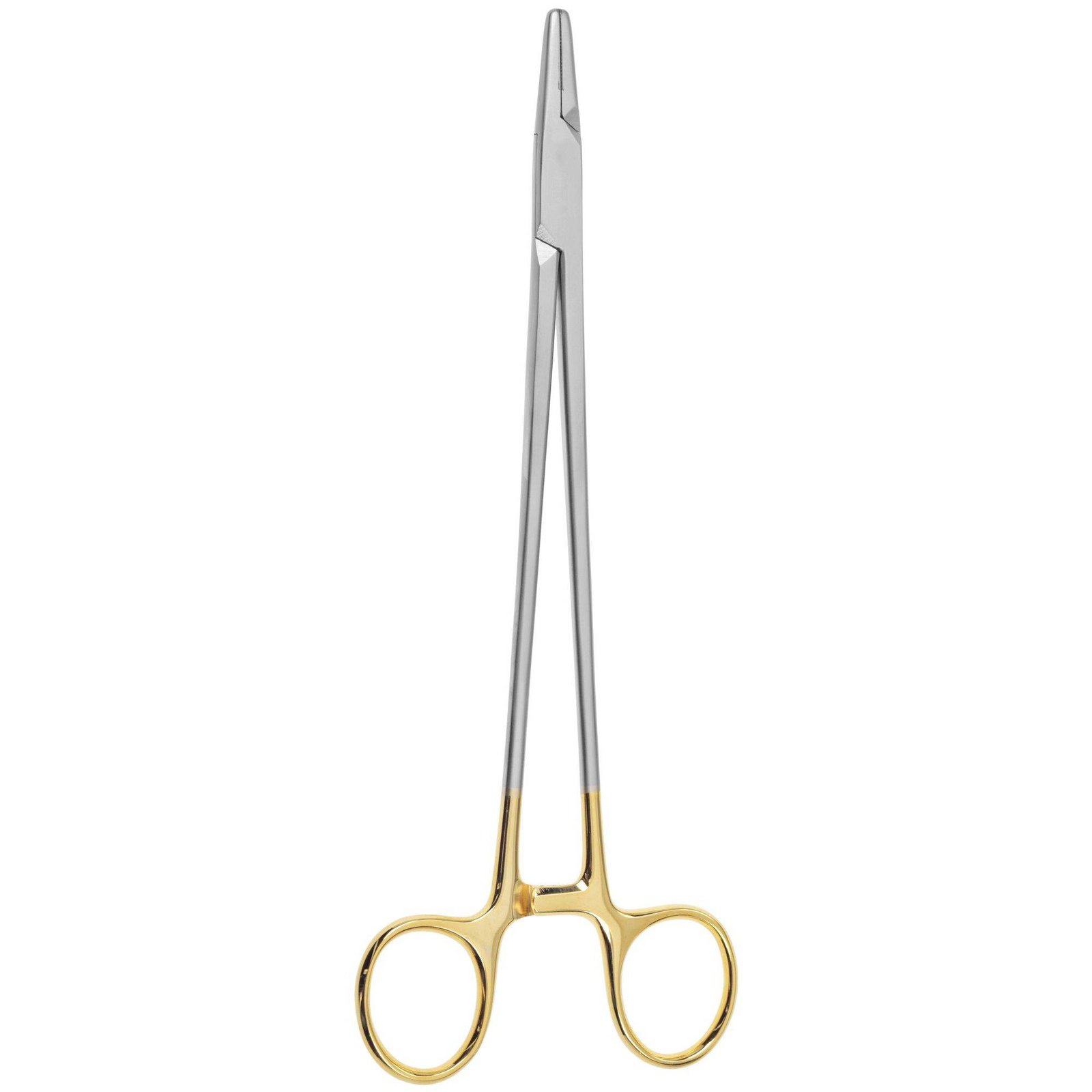
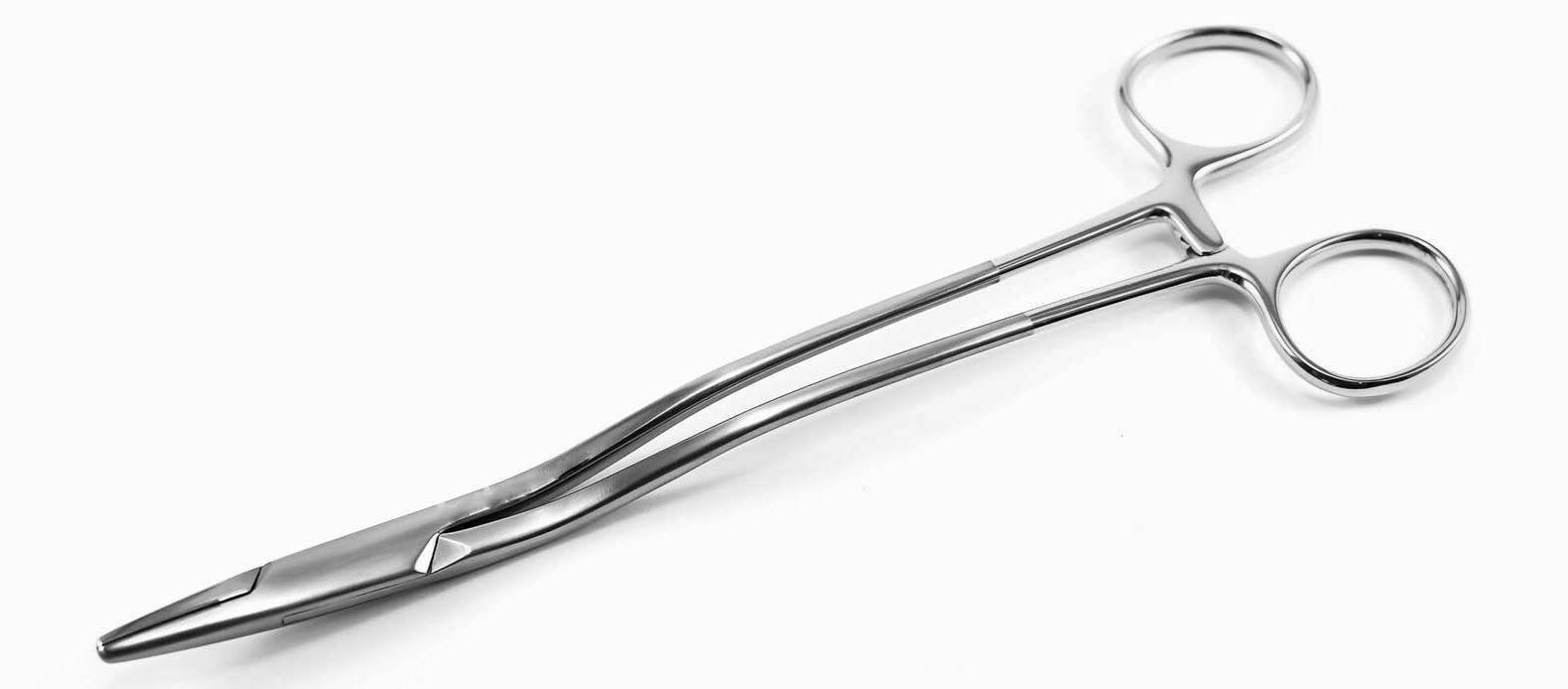
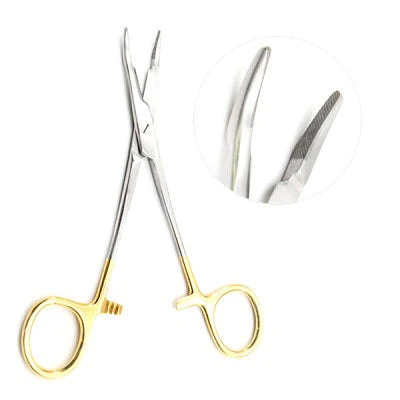



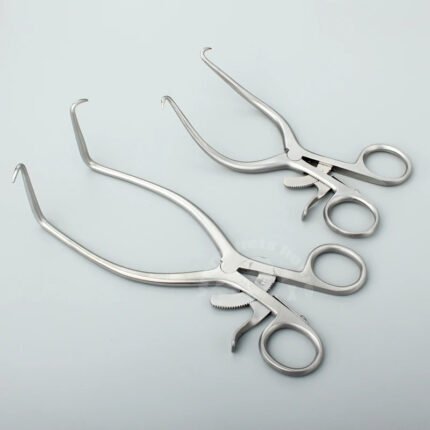
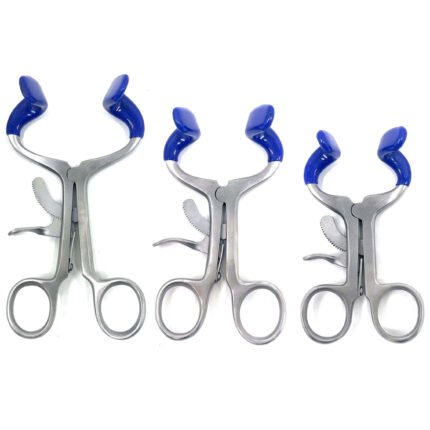
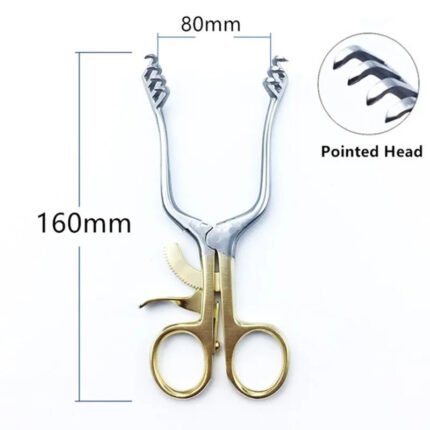


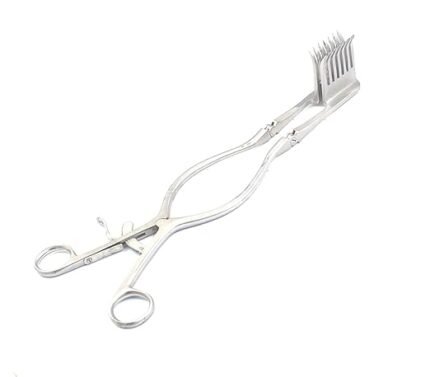

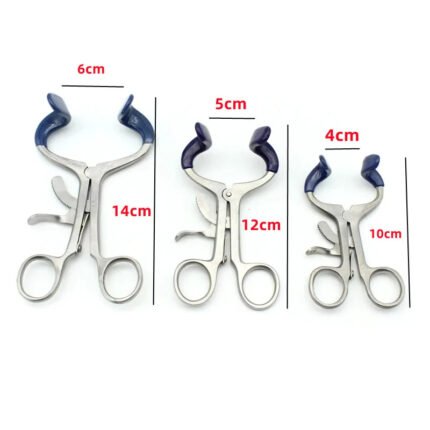


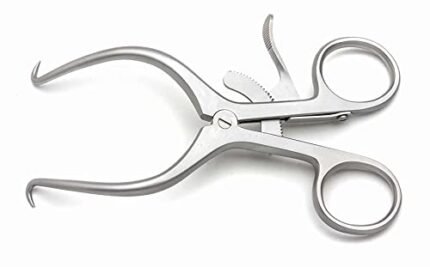

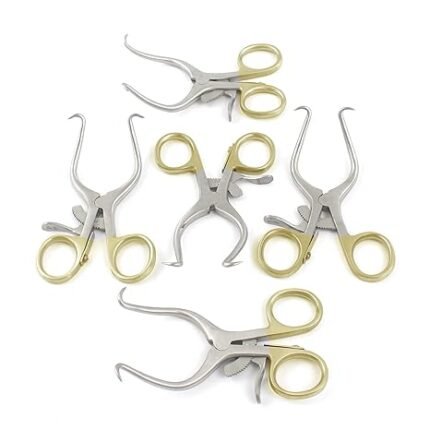
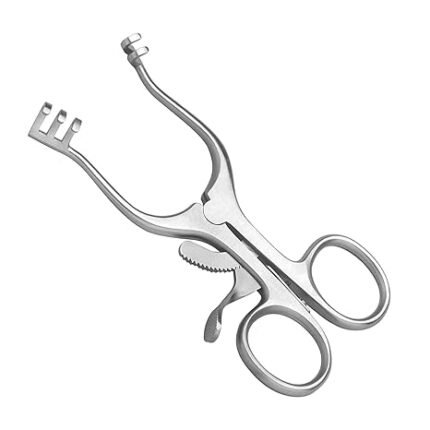

Reviews
There are no reviews yet.